Sigma DP2 Quattro vs. Sony A7s vs. Sony A7r
Introduction
With the release of the much talked about Sony A7s and the latest 3-layer Foveon sensor Sigma DP2 Quattro, I thought it would be a good time to compare these two cameras.
The Sigma DP2 series cameras have a reputation for being excellent at reproducing realistic colours and sharp images. Some have gone as far as to compare them to Medium Format sensors (the largest commercially available size sensors).
The look of images coming out of the Sony A7s have had the same comparison thrown at them, and ISO performance is without a doubt fantastic.
I’ve added the Sony A7r in this comparison, as it has triple the resolution of the A7s and competes resolution-wise with the Quattro.
For this test, I used the Sony 50mm f/1.4 on both the A7s and A7r, as it’s as close as I could get to the 30mm f/2.8 on the Quattro. I carefully readjusted the frame to match, and shot at f/8 to get a comparable level of sharpens. The Sigma RAW files were imported in Sigma Photo Pro 6, with primary processing and exported to jpeg. The Sony RAW files were imported in Adobe Lightroom and exported to jpeg untouched.
Ready to race? Sigma DP2 Quattro vs. Sony A7s vs. Sony A7r? start!
ISO Performance
These images are all taken at F/8 ISO 1600, as the that the highest level the Quattro is useable.
- The Sony A7s is the clear winner when it comes to high ISO (duh), and it’s usable up to a staggering 51200. It also renders a very clean-looking, smooth image. Auto white balance on this camera works very well, (better than on the A7r), and colour reproduction is very realistic. It leaps in front of the other two the higher the ISO value is, with 1600-3200 being the tipping point where you start noticing that.
- The Sigma DP2 Quattro is usable up to 800, perhaps 1600 in a pinch. The Photo Pro 6 software needed to do a lot of processing here to get rid of colour ghosting artefacts (probably due to the fluorescent lighting in the picture box). Merrill owners will be surprised by the usability of images at ISO 1600 though. It seems the Foveon design team have managed to improve the ISO performance with the controversial quartering of the number of photodiodes on the bottom two layers.
- ISO 1600 is no problem for the A7r, competing at this level with the A7s. This will naturally swing in favour of the latter once we get to 6400, although resolution wise, the A7r, with its 36MP, is superior. I wouldn’t hesitate to crop an image from this camera while the A7s isn’t as flexible in this regard.
colour rendition
These are examples at F/5.6 ISO 100
- The Sigma DP2 Quattro renders the most realistic colours at low ISO in my Sigma DP2 Quattro vs. Sony A7s vs Sony A7r. This is the 3 layer Foveon sensor at it’s best, and when it shines it shines brightly! The amount of detail is also staggering, similar to the Full Frame A7r.
- The Sony A7s isn’t far behind, and most importantly, it will perform similarly, even at ISO 12800.
- The A7r is the worst when it comes to realistic colours at this level, although this can be adjusted in Lightroom with some effort.
sharpness
At ISO 100, The Quattro reproduces more fine detail than the A7r, although it’s close. The A7s performs worst of the 3 here. No real problem unless you’re a resolution maniac or if you want to crop your images to a considerable degree. This trend continues up to ISO 400, the Sigma’s performance quickly deteriorates beyond that.
- Quattro 1600 crop
- A7R 1600 crop
- A7s 1600 crop
At ISO 1600, it’s an entirely different story.
- The A7r aka resolution monster performs the best here in terms of sharpness and fine detail.
- The A7s renders smooth and bright images with the best colour rendition. A jpeg shooters’ dream.
- The Quattro looks like something the cat dragged in. I would only use this camera under ISO 800 if you want to take full advantage of the Foveon sensor
- Quattro 800
- Quattro 800 crop
- A7s 800
- A7s 800 crop
Let’s have a look at the A7r vs. A7s at ISO 6400. At lower values, the A7r crops look more detailed and sharper, but here the A7s slowly starts taking the lead. Colours look better too.
The obligatory conclusion
You’re alway stuck with a finding for these kinds of comparisons, where someone else is telling you what you should see huh. And then most of the time you actually just read whatever fits in with what you already think or want to buy anyway. Yes, it happens to all if us 🙂
The truth is that any of these cameras can get you great images, and they all have their strengths and weaknesses. I’ll just give you a powerpoint slide, must remember in the back of your mind type Sigma DP2 Quattro vs. Sony A7s vs Sony A7r summary:
- The Sigma DP2 Quattro is a real bargain. You’re talking about a camera with an excellent fixed lens and fantastic APS-C sensor for under a grand. Just remember that it’s best used under ISO 800. It is a small and portable tool for the most discerning photographer who likes to shoot in real light. Yes, it’s even possible to shoot hand-held on a bright day, although I wouldn’t sell my tripod.
- The Sony A7r is still a great tool, a resolution monster where it’s no problem to crop images 50%, with good performance up to 6400 at least. If you’ve grown tired of its quirks, I’d recommend getting Sony’s FE 70-200G to breathe new life into your considerable investment and start using DXO’s Optics Pro. (best lens profiles, colour correction and noise reduction in my opinion)
- The Sony A7s is a magical tool, especially if you’re using mainly native FE lenses and shoot in all kinds of light. Although its not the successor to the A7 or A7r, it does feel like a next generation camera. It’s also useful as a companion to the A7r, as it starts to excel mainly beyond the point where the A7r’s ISO performance deteriorates. It is an expensive add-on I know, and you should think twice if you really need it, as the next great thing is probably just around the corner. It is definitely the best all-round performer of the Sony mirror less full frame cameras.

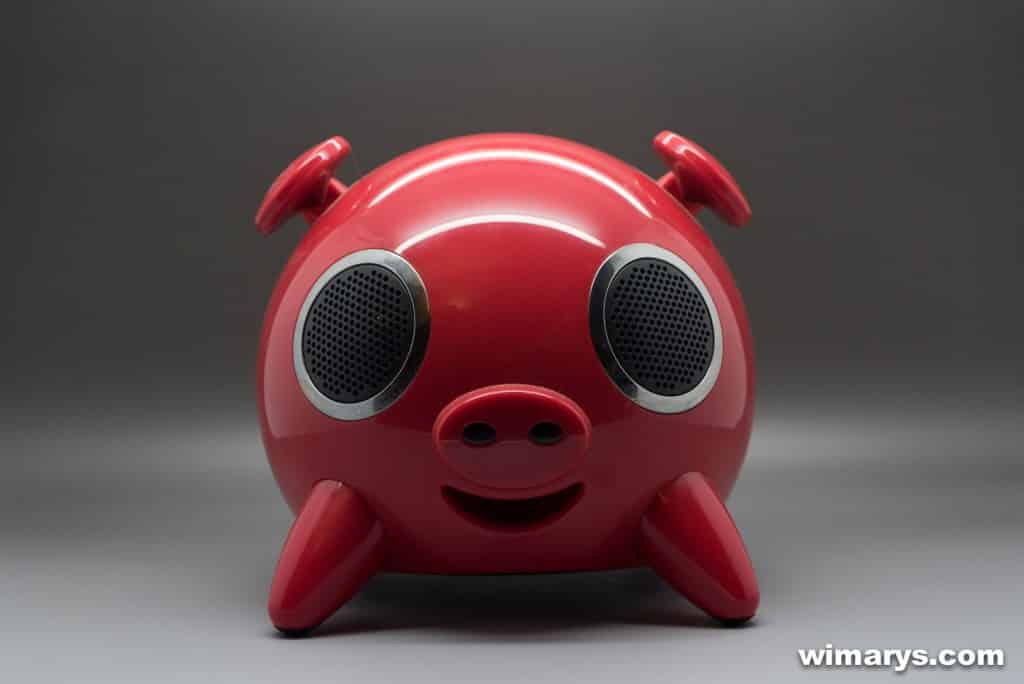
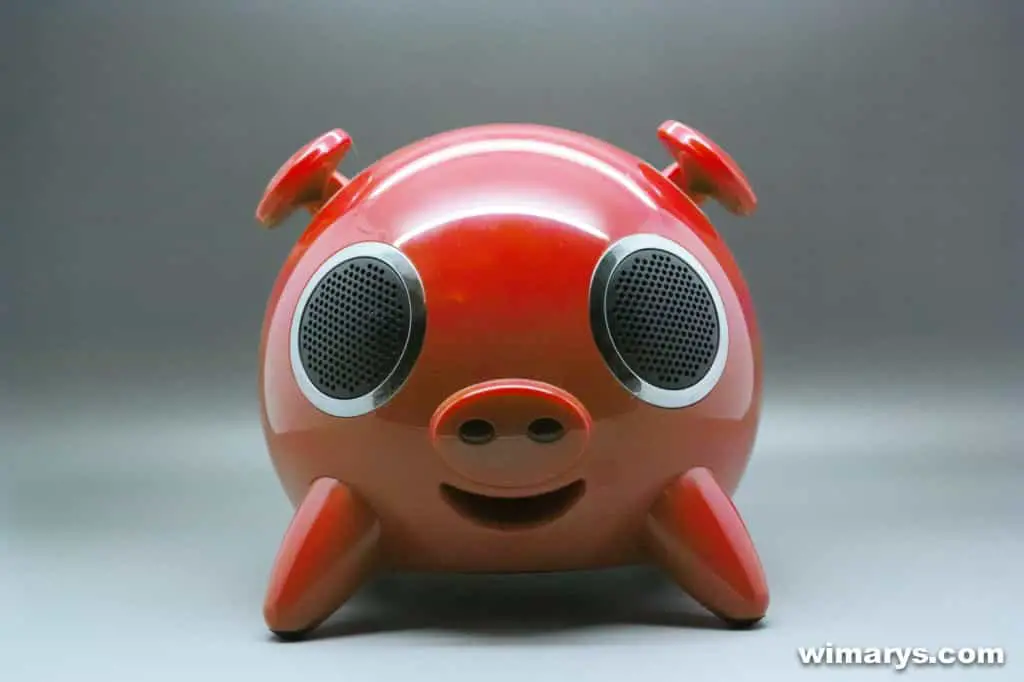
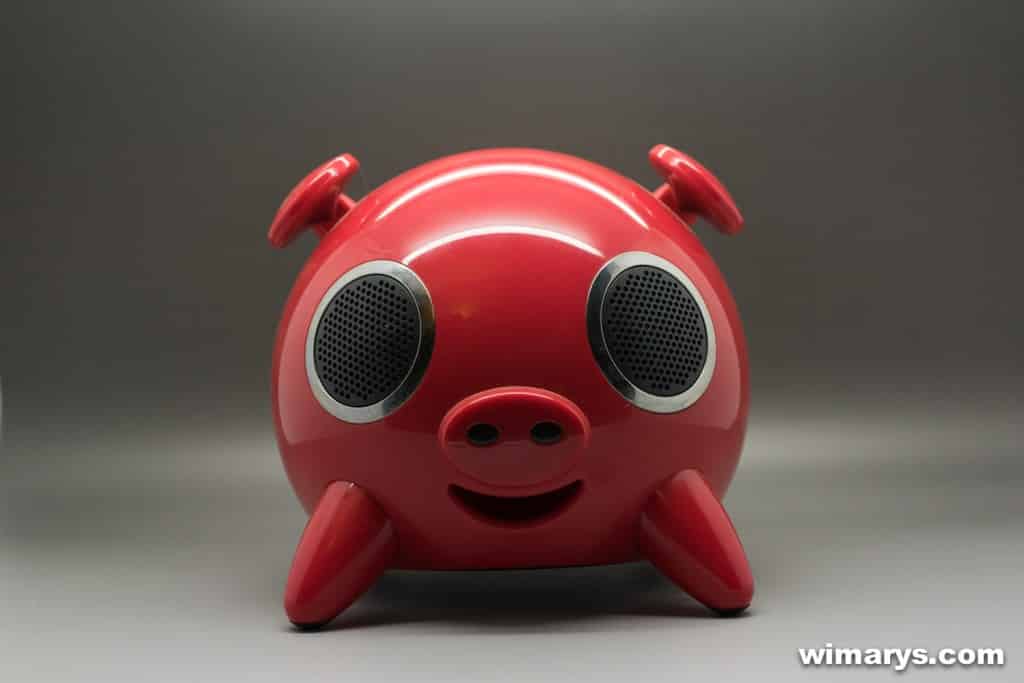
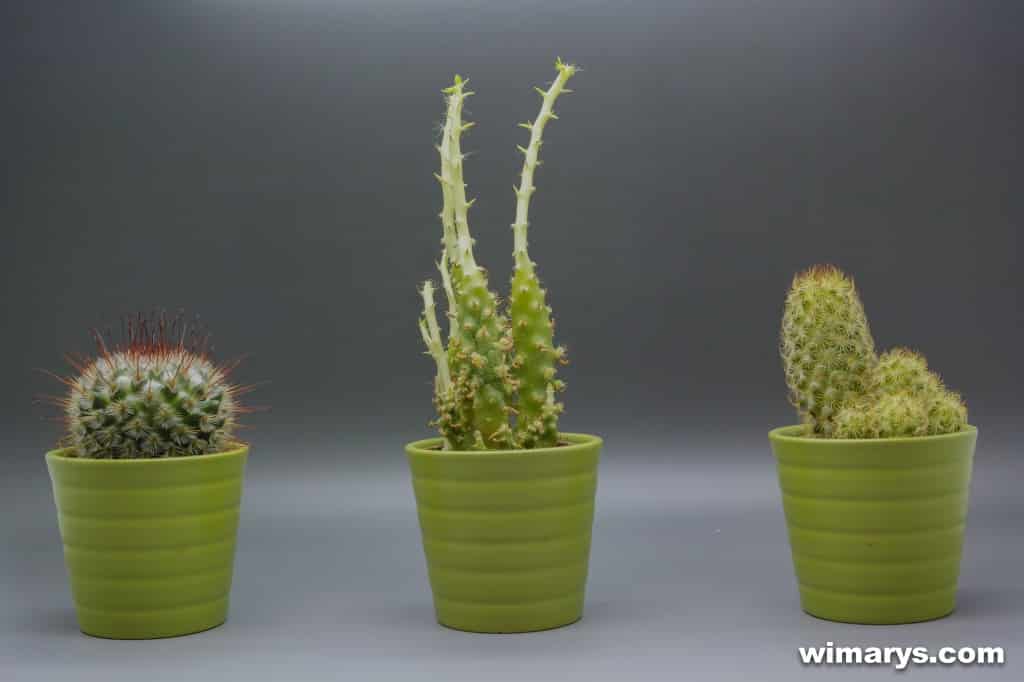
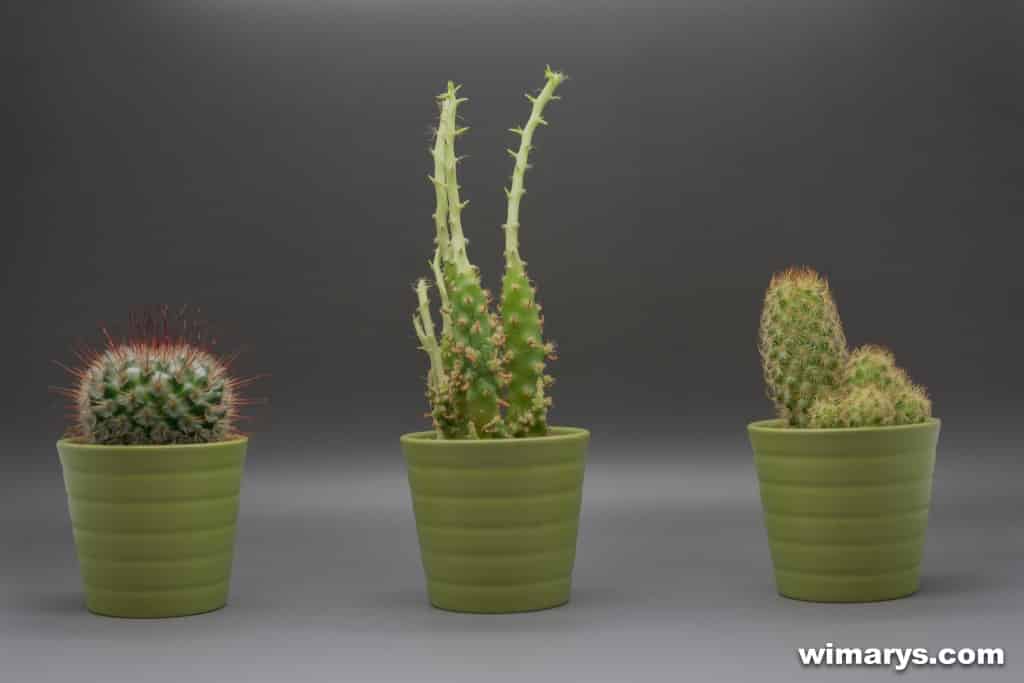
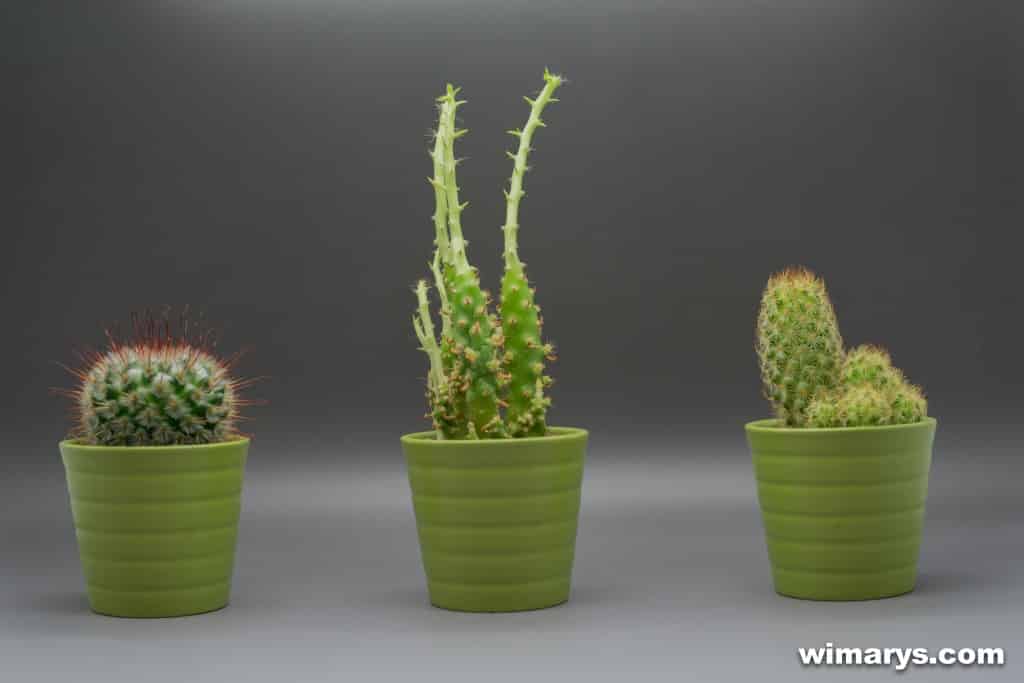



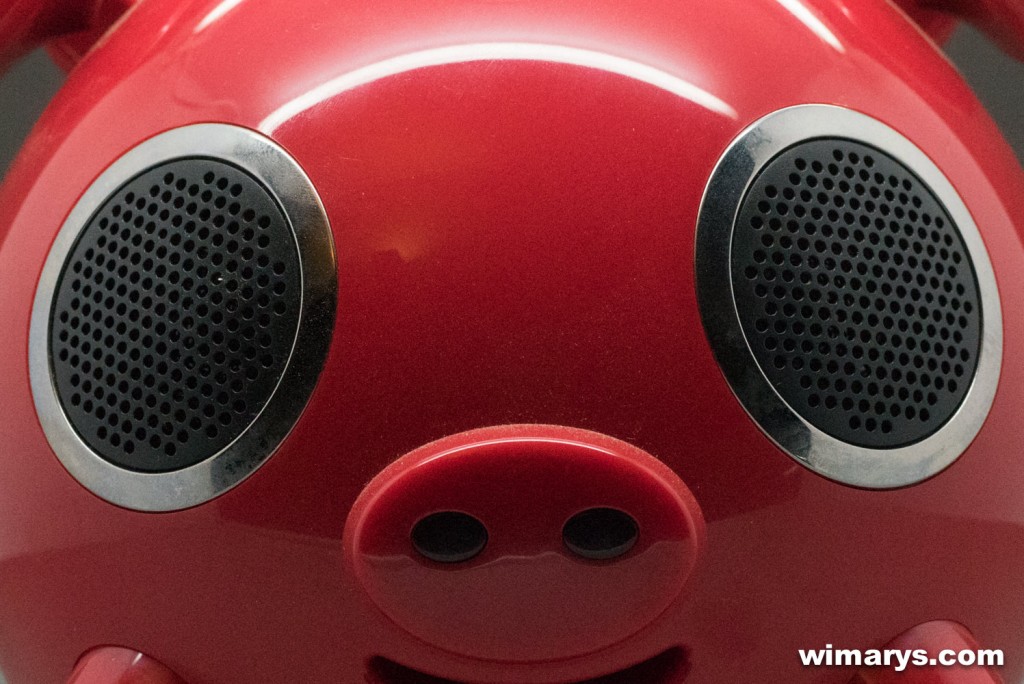
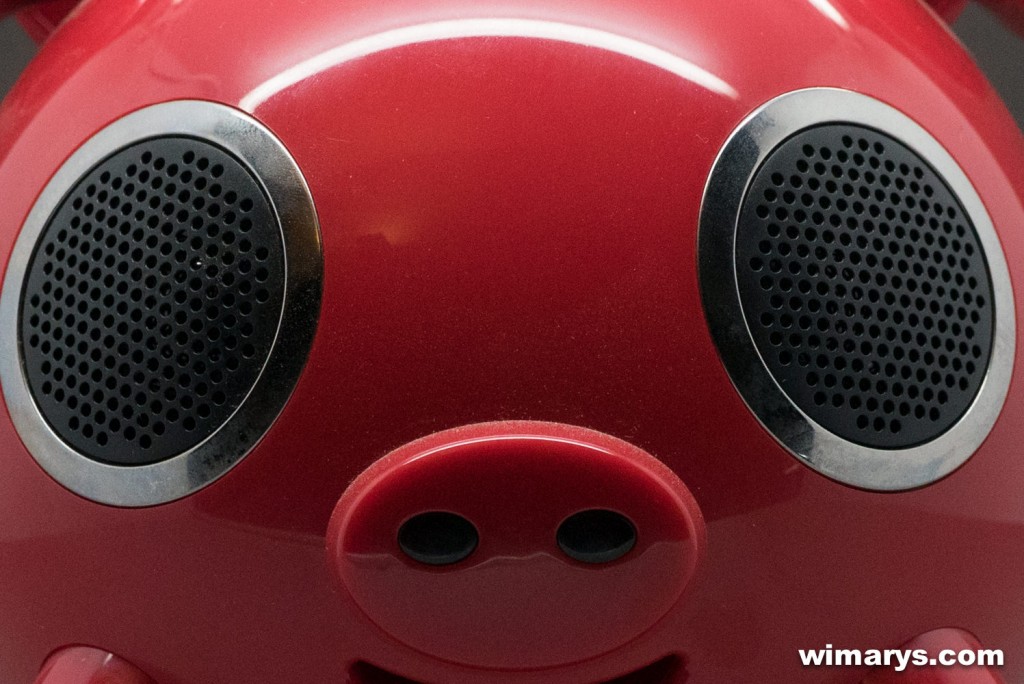
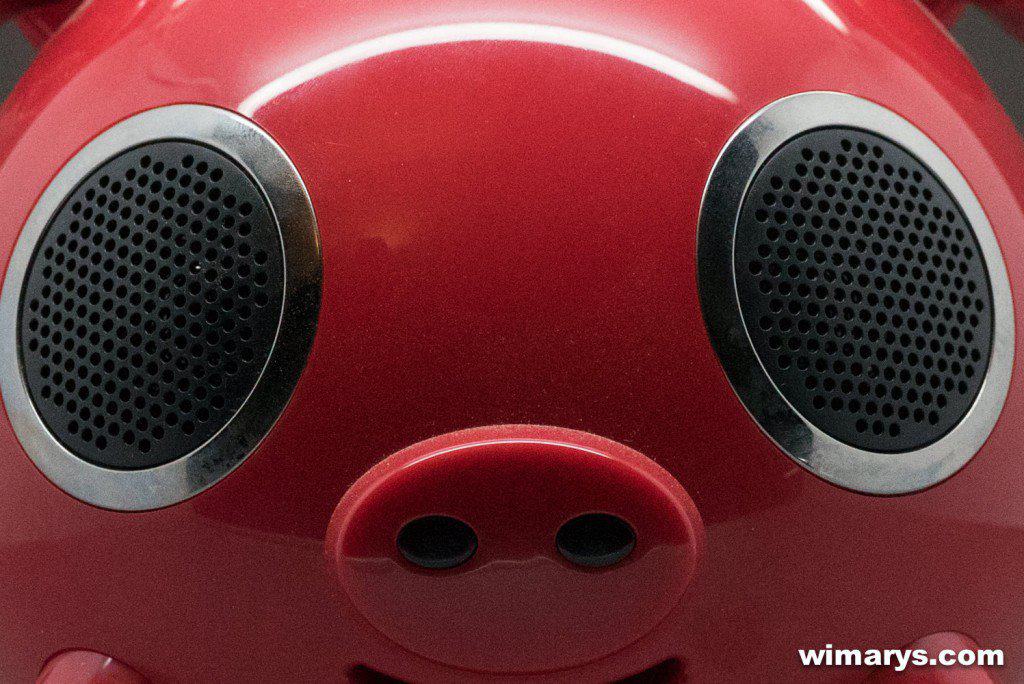
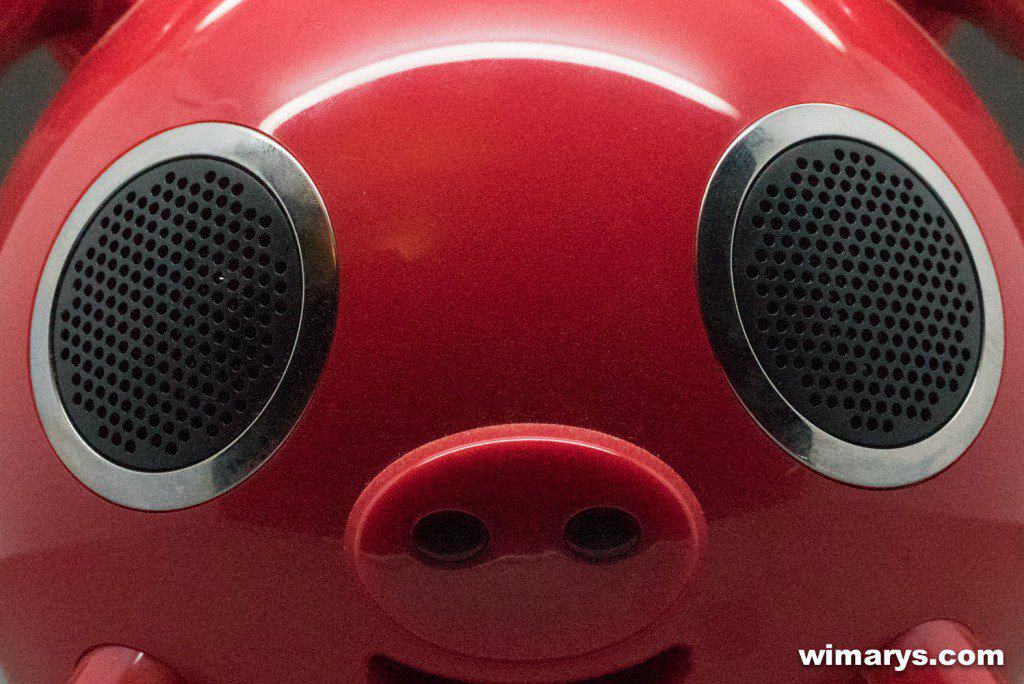
4 Responses
I enjoyed this not overly elaborate review. Quite surprised that the Quattro 1600 images were not total mush. I wonder as a mono camera how those 1600 files hold up. As the Merrill’s one can seperate the top blue layer and at 1600 or even 2000 iso the blue layer hold its own and is very good in mono as far as noise is concerned. Not sure if that can be done with the sensor layers of the Quattro though. Maybe? Anyway for a camera at this price , within its limitations the Sigma’s are fabulous camera’s.
Baah … this test must be put in the trash!
A colour rendition test with almost all green, gray and some subtle red needle?
A sharpness test with the picture taken with Sony A7S that is out of focus?
The last two pictures at 12800 ISO that, you write, are both taken by Sony A7R?
And I stop myself here.
Hi Claudio,
shouldn’t you be working on your own hardly-visited blog? Or making negative comments on some rumour site, they like this kind of crap? This hardly seems a good usage of your precious time anyway. As a Sony fanboy, you probably don’t realise the discussion going on about the latest Foveon sensor, which has a smaller pixel density on the layer that registers Green (and Blue). So this is actually of interest to Quattro users! OMG. The A7s has around 1/3 rd the resolution of the A7r and Quattro, so whilst a crop this small and exporting as jpeg is something you can get away with on the latter, it is beyond the capabilities of the A7s. I decided to include it anyway, it shows the limits of a 12MP camera. I’d suggest you go back to the alps and try to shoot a descent corner-to-corner sharp landscape before lecturing other people about sharpness. And no there is nothing wrong with your camera or lens, its you, buying a Quattro won’t help I’m afraid. Please don’t eat up my bandwidth in the future, you’re wasting my time and yours.
It’s interesting, but I would see this test with a Sigma Dp2 merrill too…